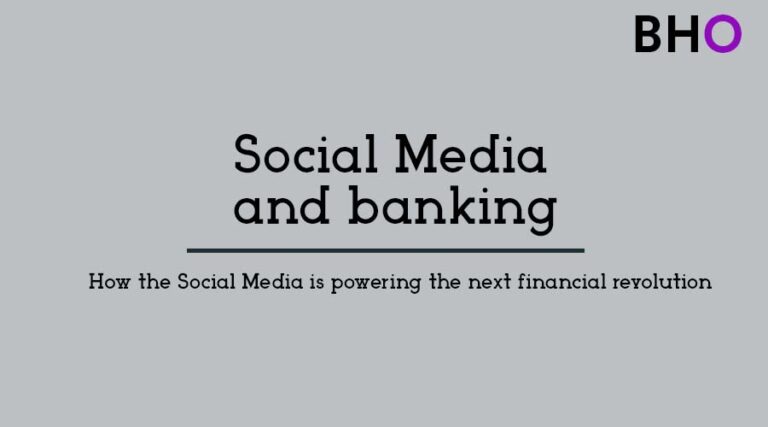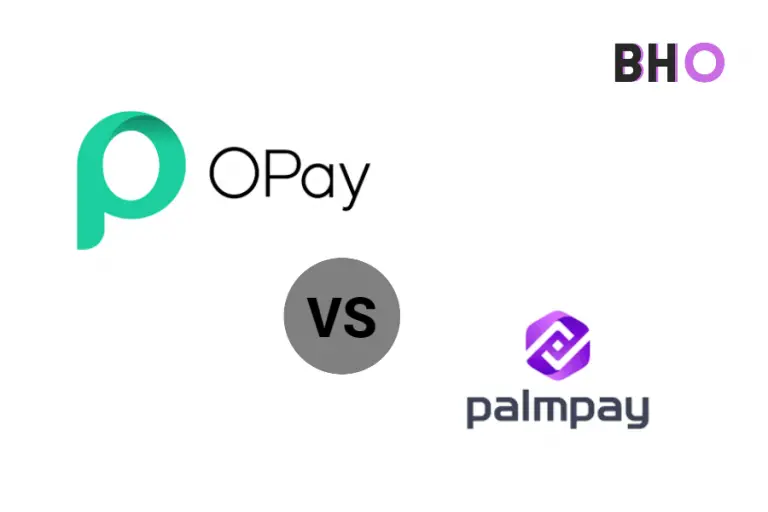The Rise of Banking in Nigeria
Nigeria’s banking services can be traced back to 1894 When the Bank of British West Africa was founded. Indigenous banking, however, began in 1929 with the establishment of industrial and deposit money banks by entrepreneurs from Nigeria and Ghana.
After independence in 1960, the Bank of British West Africa became the First Bank that we know today. It turns out to be first Nigeria–based bank in Nigeria’s history of banking services.
The importance of banking services in any economy cannot be over-emphasized. It is sacrosanct for the economic development of any nation, Nigeria inclusive. This is because the banking sector serves as a financial intermediary, channeling money from the savers to the investors in the country and assisting in achieving the monetary policy objectives of the country.
Primarily, the banking sector provides financial services to the public, such as accepting deposits, granting loans, keeping valuables, and acting as a financial consultant to its customers.

The Rising of Banking in Nigeria
Banking services in the country have gone through different phases.
First is the Era of free and foreign banking in Nigeria which occurred between 1892 – 1957. During these periods, banking services in Nigeria were primarily unregulated and dominated by foreigners.
Then, the Era of independent or legal banking between 1958 and 1970 corresponded with the period when the Central Bank of Nigeria was created to regulate banking services and the Banking and Other Financial Institution Act (BOFIA).
The sector’s indigenization era soon began in 1970 and ended in 1985. This Era is characterized by an economic restructuring that gave room for state banking and indigenous participation in the banking sector.
The period 1992 and 1994 represent the period of bank distress and restructuring. As a result, many banks had liquidity and management problems, and banks were distressed. During these periods, banks were liquidated, licenses revoked, and the Central Bank took over some banks.
The inefficiencies and inadequate competition in the system result in the Era of recapitalization, merger, and consolidation.
Bank recapitalization, merger, and acquisition were announced in 2004 and initiated in 2006. It involves upgrading the capital base of the commercial bank from NGN 2 billion to NGN 25 billion to allow them to exploit extensive investment opportunities, offshore banking, and more competition, both locally and internationally. Invariably it led to the merging and acquisition of commercial banks to about 24 countries. Presently, Nigeria now has 22 functioning commercial banks.
Structure of banking system in Nigeria
The banking system in Nigeria is divided into about six components as heightened below;
The Central Bank of Nigeria
The Central bank, which is the apex financial institution in the country, was established to regulate the activities of the banking sector in Nigeria. It functions as the government bank, manages the country’s national debt and foreign exchange reserves, conducts monetary policy, executes developmental projects, and acts as the lender of last resort to distressing financial institutions. There is only one central bank in the country with branches all over the state.
The commercial banks
This, also known as the deposit money bank, was established to render financial services to the public at a profit. Their functions include accepting deposits,
keeping valuables on behalf of their customers, giving loans and advances, and providing financial and investment advice to their customers, among others.
They essentially provide retail banking services in the economy. Commercial banks had existed long before the central bank was established. There are about 22 deposit money banks in the country at the moment.
The Merchant bank
While the commercial bank provides retail banking services, the merchant bank offers wholesale banking services. They offer medium to long-term financial services, and some of their activities include equipment leasing, debt factoring, investment management, among others, medium to long-term economic benefits. The origin of this bank category can be traced back to 1960 with the establishment of NAL merchant bank PLC.
Development bank
This is essentially a government-established bank designated to finance developmental projects in the economy. Its functions include infrastructural development and are usually peculiar to different sectors of the economy. E.g., The industrial development bank of Nigeria and the Bank of Industry.
Microfinance bank: This category of banking services carries out their services at the grassroots level, especially to the low-income earners in the country. Their mode of operation is relatively easy to compare to the commercial bank and requires relatively small or no collateral to assess loan services on the institution.
Mortgage bank
This was instituted to address housing developmental issues in the country. It provides finances for building projects in the country, while the repayment of these loans is paid in instalments.
…
The continuous improvement and adoption of technology in the banking sector are gradually changing the operation dynamics in the industry. With internet technology and mobile phones, which is the advent of internet mobile banking services in the country, physical presence is no longer required to enjoy banking services.
Making international transactions and even remittances inflow has been made relatively more accessible than what was obtainable before. This development has facilitated more inclusiveness in the banking sector.
Most people can now enjoy banking services without being physically present in banks and can quickly assess their money and make transactions with the aid of the internet and mobile technology. With this development, banking services are now being performed on mobile money apps that do not necessarily belong to a bank. An example of such is the raven app, where you can deposit and withdraw your money.
Thus, as beneficial as mobile banking is to commercial banks, it is also threatening their traditional function of accepting deposits and giving of loans and advances as the entrepreneur now develops apps to perform this function.
If care isn’t taken, with the increasing popularity of decentralized finance (DEFI), the role of commercial banks in the financial system might be diminishing unless they adjust to the changing dynamics of financial transactions.






